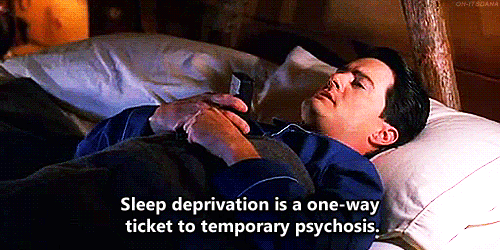We need to talk about Airbnb

Like it or not, it became a big thing in traveling and hospitality, and to keep up with it, it’s crucial to see what made it popular.

Sure, the variety of rentable apartments (both in price and comfort) and the (false) feeling of living like a local played a role, but
more important is the overall user experience of traveling with Airbnb.
Once you decided to get accommodation via Airbnb, the platform where you should search is obvious: you use the website or the dedicated app. All the details about the apartments are right there, and you immediately see the prices for the dates and guest you’ve set up in the search. This is also where you do the booking and, if you have your payment set up, it takes just a few taps since you’ve already set everything when you started searching! It’s all streamlined like an 80’s concept car.

While preparing for the trip, you have a few questions: what is the best way to get there? Is it OK to arrive late at night? You can just open the very same app you used for searching and booking, and drop a message to your host who usually answers in a few minutes! This also works during your stay.
After the stay, your payment is completed automatically, and giving feedback on your stay is an integrated part of the whole process to ensure quality, so it takes only a few taps in the same app you used pre- and during the stay.
What if you decide to stay at a hotel?
First, you head to booking.com or Google, and start searching.

If a hotel catches your eyes, you open a new tab to look at their website for details and to see how they talk about themselves. You do this a few times to pick 2–3 sympathetic hotels. Now you either go back to booking.com to get the exact prices, or check if the websites have an option to get a quote. After you’ve summarized the quotes in a spreadsheet, and choose which hotel you want to stay, you do the booking at booking.com or again, through the website.
While preparing for the trip, you have a few questions, and oops, there is an extra one: how to ask these questions? Write an e-mail? Can you send a reply to the confirmation email, or was that a noreply? There sure is an email address somewhere in that long confirmation mail… Or should you look up an email address on the website? How long will it take for them to answer? Let’s just call them on the phone and hope they pick up and don’t have a hard to understand accent…
After filling in the check-in forms, you finally get to your room. From now on, whatever questions you have, you must either ask them on the phone or in person, by walking down to the reception. Both options are inconvenient enough for you to just deal with the small issues instead of asking for solutions. That’s why you keep sleeping on that pillow you found too soft on the first night.

If you want to rate your stay, you can use booking.com, tripadvisor, google. You might get some directions for this in an email, or you might not. Whatever, it’s not worth the effort.
This is how fragmented the hotel guests’ journey is, and this is how a hotel gets less than 5 stars in a rating, or no rating at all.
Luckily, Bonomi Assistant covers most of these situations.
- Whichever way you search for a hotel, if it has an Assistant, you’ll meet it at some point,
- it introduces the hotel, and guides you to booking,
- it makes check-in more convenient,
- it answers simple questions and channels the more difficult ones to the right person,
- you can report problems or ask for housekeeping with a few taps
- and you can easily rate your stay.
And this all happens in the same application, in one human-like conversation. If you want to know more, you can read about how the Assistant helps hotel workers and why did messaging become a marketing tool.
Take care, and stay hydrated!

